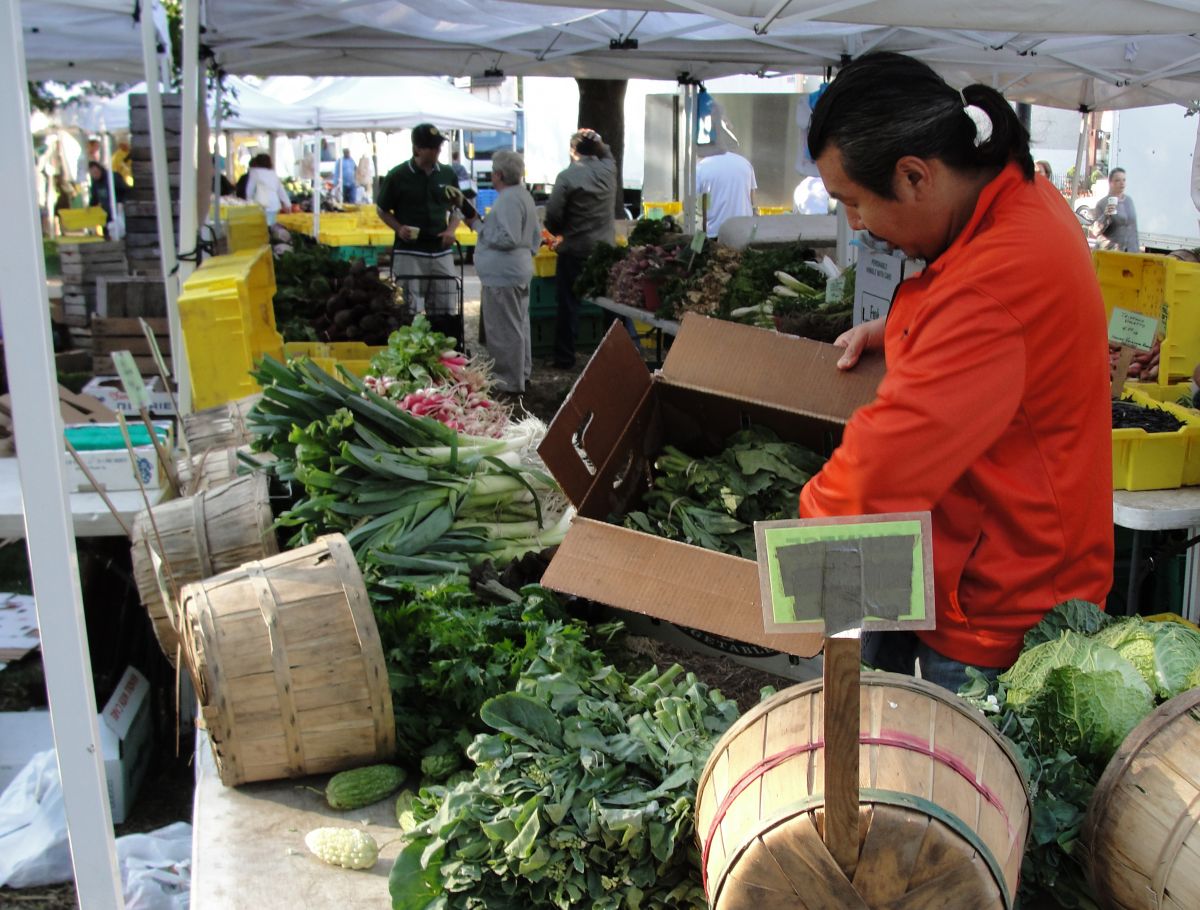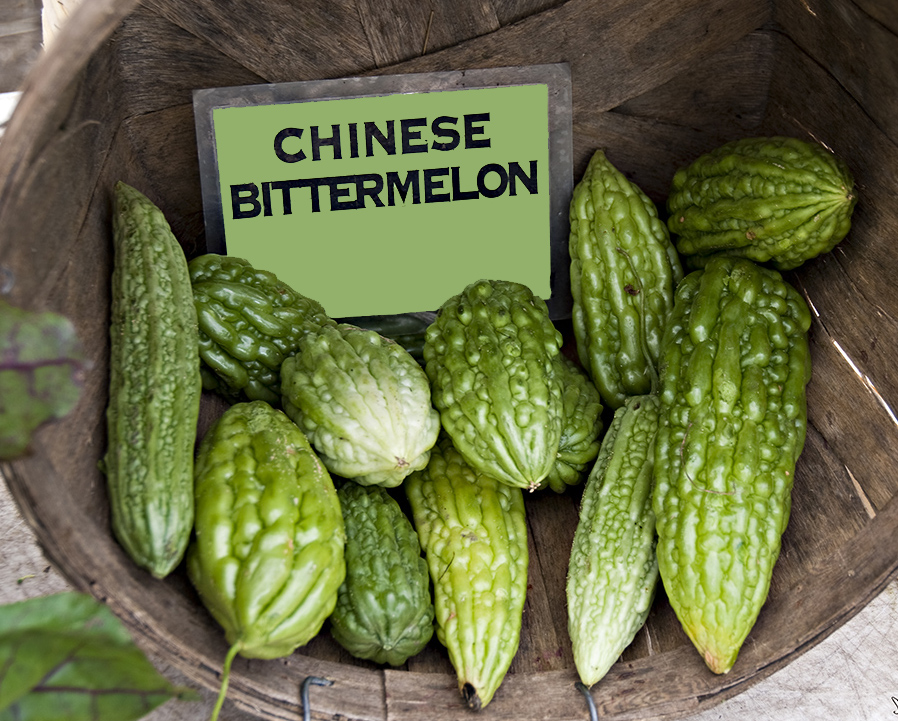Marketing Asian Produce
Asian produce includes any number of fruits and vegetables originating in and/or used in the cuisine of East Asia (China, Japan and Korea) and Southeast Asia (Vietnam, Laos, Philippines, Thailand, Indonesia, etc). The term “Asian” can also include cuisine of South Asia (India and Pakistan).
Overview

Asian cuisines became well-established as part of the American diet as Caucasian consumers developed increasingly diverse appetites and the U.S. ethnic Asian population increased. Today’s younger consumers, especially Millennials, are likely to consider ethnic foods part of their regular diet. Globally inspired children’s menu items ranked as a major restaurant trend for 2020, and foodservice trends continue to popularize ethnic Asian cuisines. Since the 1990s, ethnic Asian restaurants, particularly “quick casual,” “fusion” and higher-end establishments, have become more popular with consumers. The popularity of ethnic Asian cuisine continued through the 2010s as value-conscious consumers embraced Asian dining lunch menus and noodle-based dishes, as well as bowl entrees. Asian cuisines also figure prominently in “street food,” as well as fusion dining and cooking. Ethnic/street food-inspired cuisine appeared in the National Restaurant Association’s lists of top trends, from appetizers to main dishes, from 2014 to 2020.
Market Opportunities

The U.S. ethnic foods market, including fresh produce, saw robust annual growth during the period from 2010 to 2018. Smaller growers and market gardeners have immediate opportunities to tap into local consumer demand for Asian vegetables. Growers should investigate adding traditionally Asian vegetables to their farmers market offering, community supported agriculture (CSA) shares, or roadside stand mix. Wholesale marketing opportunities are also available for Asian vegetables.
Marketing Asian vegetables to restaurants may be possible for farmers located near metro areas. Selling Asian vegetables to upscale restaurants expanding their menus to include Asian-themed entrees may also be an option. As with any new market, the best way to determine what to grow is to find out what the customer wants. This is especially critical in finding niche markets for Asian vegetables, where various ethnic groups may prefer different sizes, colors and other characteristics of the same eggplant, radish, cucumber, etc. Growers should recognize that these differences extend to restaurants, with distinctions in produce sourced by Thai, Chinese, Indian, Japanese and other ethnic chefs.

